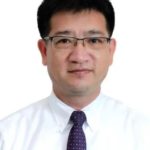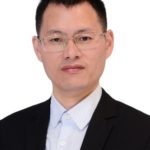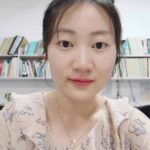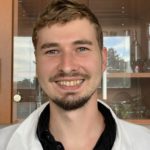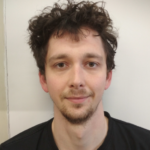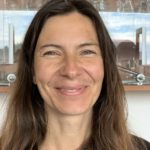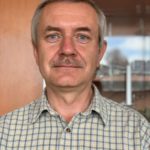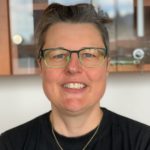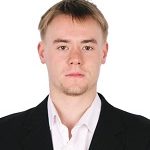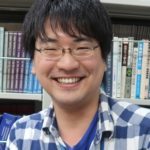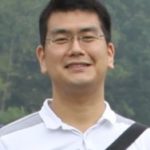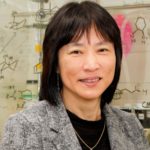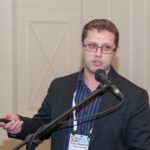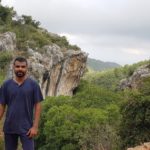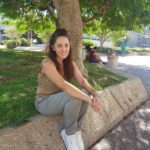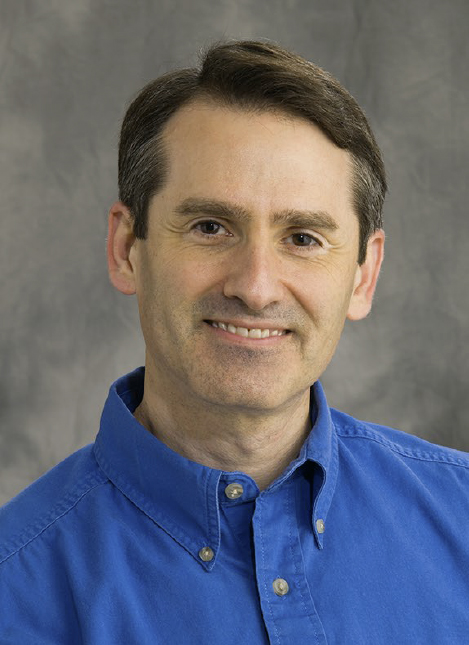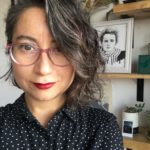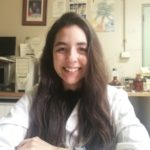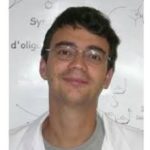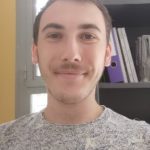Meet our researchers:
Yun-Bao Jiang is a Professor of Chemistry in the College of Chemistry and Chemical Engineering, Xiamen University, China. He received his PhD from Xiamen University in 1990 under the supervision of Professor Guo-Zhen Chen. He was awarded the distinguished young investigator grant by the NSF of China and has led innovation research teams financially supported by the Ministry of Education and the NSF of China. His current research interests include design and applications of chemical sensors and hierarchical self-assembling systems, with a focus on electron/proton transfer photophysics, metallophilic interactions and supramolecular chirality.
Xiaosheng Yan obtained his PhD degree in analytical chemistry from Xiamen University in 2016 under the supervision of Professor Yun-Bao Jiang. He now is an associate professor in the School of Pharmaceutical Sciences, Xiamen University, China. His research interests are centered on folding and assembling of short peptides for drug discovery, halogen/chalcogen-bonding-driven supramolecular helices, and spontaneous chiral resolution.
Di Shi is a PhD student in Prof. Yun-Bao Jiang’s group in Xiamen University, China. She received her Bachelor’s degree in material chemistry in 2018 from Huaqiao University. Her research focuses on the development of chalcogen bonding driven supramolecular helices and synthesis and applications of macrocyclic molecules, both from folded short peptides.
What inspired your research in this area?
Despite its successful applications as an intermolecular interaction in anion recognition, crystal engineering and catalysis, chalcogen bonding has not been employed to build supramolecular helices. We recently created halogen-bonding driven supramolecular helices from folded short azapeptides containing β-turns, so it was natural for us to explore the potential of chalcogen bonding in driving the supramolecular helices.
What do you personally feel is the most interesting/important outcome of your study?
We recently suggested that a folded short peptide could be an amenable helical building block to form supramolecular helices, allowing good propagation. This study thus confirms that chalcogen bonding can function as an intermolecular interaction to propagate the helicity too. The study may eventually establish a new interaction mode for a supramolecular helix to be built, from helical building blocks containing a chalcogen bonding element.
What directions are you planning to take with your research in future? What are you going to be working on next?
We are exploring the possibility of using chalcogen bonding to build supramolecular helices in the solution phase. The functions of chalcogen bonding in the supramolecular assembled systems will be investigated in the future, for example to examine if the chalcogen bonding can be employed to promote spontaneous chiral resolution.
Read the full article: Chalcogen bonding mediates the formation of supramolecular helices of azapeptides in crystals
See the other articles showcased in this month’s Editor’s Collection
See all the full articles on our publishing platform


